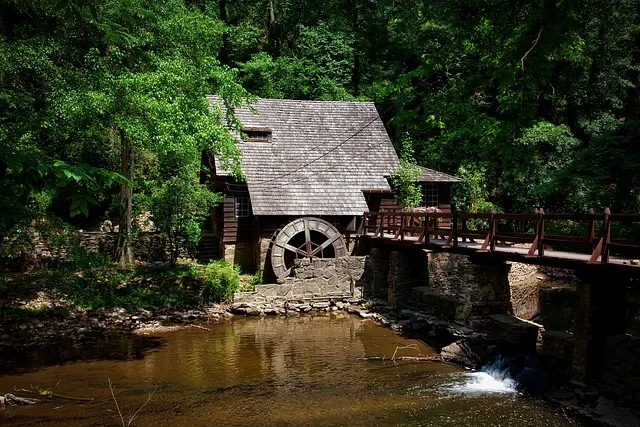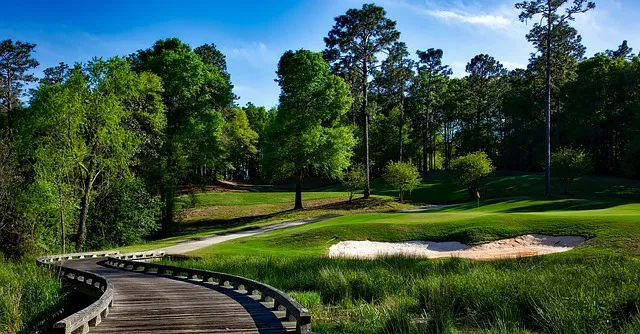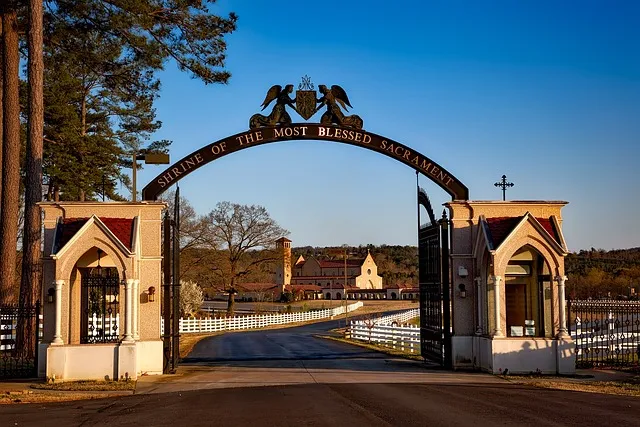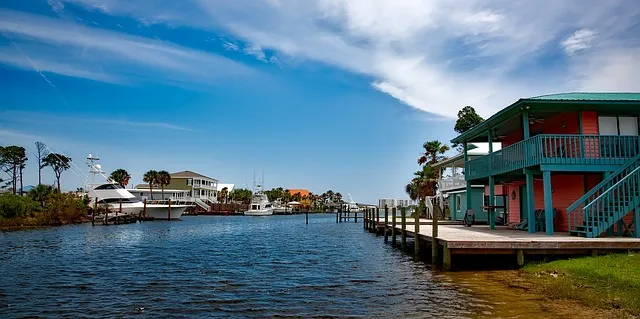The article discusses Alabama's diverse cultural heritage, historical significance, and natural beauty. It emphasizes the state's collection of well-preserved antebellum mansions that showcase the South's architectural prowess and traditions prior to the Civil War. These homes, with their grand designs and beautiful gardens, are a living museum to Alabama's past. The preservation efforts by organizations like Alabama's Historic Huntsville Foundation and Bellingrath Gardens and Home highlight the state's commitment to its historical legacy. Cities such as Mobile, Birmingham, Huntsville, and Montgomery each reflect a unique blend of cultural influences, traditions, and histories, from Spanish and French roots to significant roles in Civil Rights history. Alabama's natural landscapes, including its beaches, forests, and caves like Cathedral Caverns, offer both ecological diversity and opportunities for outdoor recreation, symbolizing the state's enduring bond with its environment and contributing to a rich narrative of cultural and natural legacy.
Alabama’s storied past and vibrant cultural mosaic form a tapestry of Southern charm and historical riches. This article delves into the state’s rich antebellum legacy, showcasing its grand homes that stand as silent sentinels to a bygone era. It also explores the melting pot of traditions and influences that define Alabama’s cities and towns. Beyond the urban tapestry, the state’s natural splendor offers a window into untouched landscapes with historical significance. Each section offers a unique perspective on Alabama’s multifaceted character, ensuring a comprehensive journey through its cultural and historical heartlands.
- Alabama's Antebellum Heritage: Exploring the Grand Homes
- The Cultural Melting Pot of Alabama's Cities and Towns
- Alabama's Natural Wonders and Their Historical Significance
Alabama's Antebellum Heritage: Exploring the Grand Homes

Alabama’s Antebellum heritage is a rich tapestry of history and architecture that offers a window into the South’s storied past. The grand homes dotting the state, many of which date back to the 19th century, stand as testaments to the region’s affluence and architectural prowess prior to the Civil War. These antebellum mansions, with their columned facades, intricate woodwork, and manicured grounds, are not merely relics but active museums that preserve the traditions and lifestyle of the era. A visit to these historical sites immerses one in a world of opulent interiors, grandeur, and Southern hospitality. The preservation of these homes, such as the Alabama’s Historic Huntsville Foundation properties or the Bellingrath Gardens and Home in Mobile, reflects a commitment to maintaining the cultural richness that defines the South’s architectural legacy. Each home tells its own story, from the cotton boom that funded their construction to the social norms and daily life of their inhabitants. These mansions are more than mere structures; they are a living narrative of Alabama’s history, inviting visitors to step back in time and experience the grandeur of a bygone era.
The Cultural Melting Pot of Alabama's Cities and Towns

Alabama’s cities and towns are a rich tapestry of cultural influences, each with its own unique character shaped by history, geography, and the diverse populations that have settled within its borders. From the cobblestone streets of Mobile, steeped in French and Spanish heritage, to the Civil Rights landmarks in Birmingham, which tell a story of struggle and triumph, Alabama’s urban centers are a testament to the blend of traditions, cuisines, and customs brought by immigrants, enslaved people, and settlers over centuries. Huntsville, known for its space and science heritage, embraces a forward-thinking ethos while honoring its historical roots. Montgomery, with its deep ties to American history as the first capital of the Confederacy and later the cradle of the Civil Rights Movement, reflects the complex history of the region. Meanwhile, the port city of Mobile, with its Creole architecture and Mardi Gras festivities, offers a window into the vibrant French and Spanish influences that have shaped its culinary and artistic traditions. These cities are not just stops on a map but living museums where past and present coalesce to create a rich, cultural melting pot.
Alabama's Natural Wonders and Their Historical Significance

Alabama is a treasure trove of natural wonders that have shaped its history and continue to influence its cultural landscape. The state’s diverse ecosystems, ranging from the Gulf Coast beaches to the Appalachian foothills, offer a myriad of outdoor experiences. Notably, the Alabama Gulf Coast is renowned for its pristine sands and aquatic biodiversity, attracting visitors for leisure and research alike. These waters have been a source of sustenance and inspiration for generations, with their historical significance evident in the maritime heritage that permeates coastal communities.
Inland, Alabama’s landscape transitions to rolling hills and forested areas, such as the Bankhead National Forest, which provides habitat for a wide array of wildlife and offers opportunities for hiking, birdwatching, and exploration of ancient rock formations like the Cathedral Caverns. These natural features are not mere geological phenomena; they serve as silent witnesses to the state’s deep history. The presence of these wonders is a testament to Alabama’s natural heritage, which has been stewarded by its inhabitants for centuries and remains integral to the state’s identity and cultural narrative today.
Alabama’s rich tapestry of history, culture, and natural beauty offers a compelling insight into the heart of Southern charm. From the grandeur of its antebellum homes to the vibrant cultural melting pots found in its cities and towns, and the majestic natural wonders steeped in historical significance, Alabama presents a multifaceted experience that beckons exploration and appreciation. Each aspect contributes to a deep understanding of the region’s narrative, inviting both residents and visitors to immerse themselves in the state’s enduring legacy.
